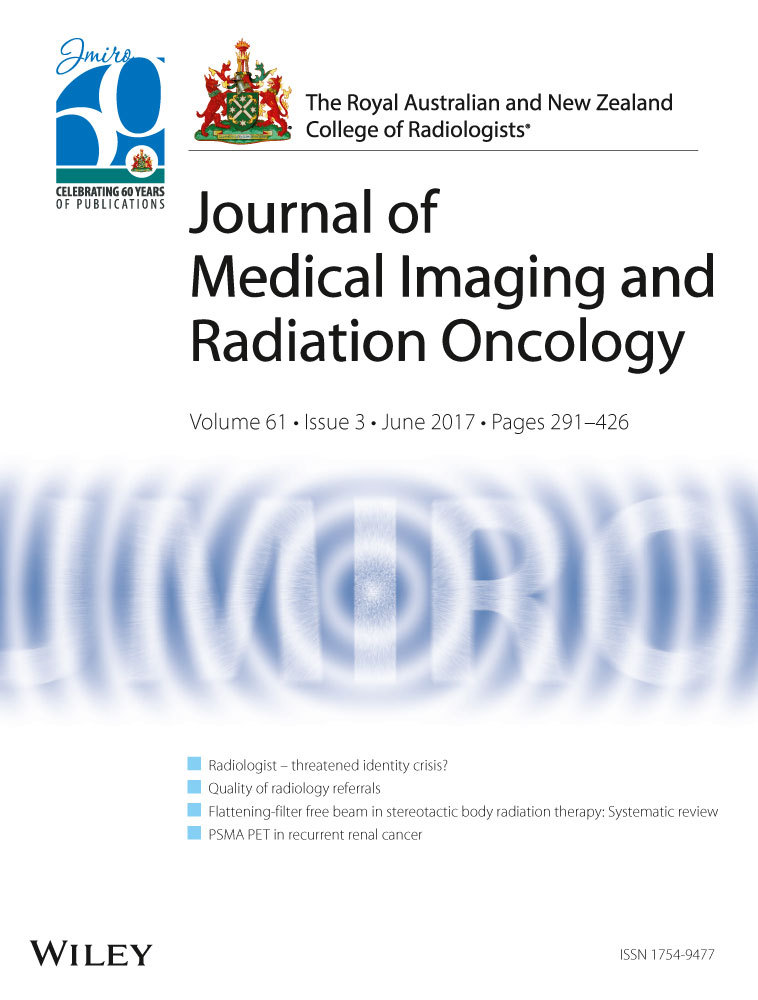Value of 18F-FDG PET/MRI for the outcome of CT-guided facet block therapy in cervical facet syndrome: initial results
Abstract
Introduction
The aim of this study was to evaluate the ability of 18F-fluorodeoxyglucose positron emission tomography/magnetic resonance imaging (18F-FDG PET/MRI) to detect PET-positive cervical facet arthropathy and identify patients who benefit from facet block therapy.
Methods
Ten patients with cervical facet syndrome (mean age: 65 ± 12 years) underwent 18F-FDG PET/MRI of the neck. Focal 18F-FDG uptake in PET-positive facet joints served as target for computed tomography (CT)-guided facet blocks. In PET-negative patients, the target joint for facet block therapy was selected by current clinical standards considering the level of maximum facet arthrosis and pain. Neck pain was measured on visual analogue scale (VAS) before and after therapy. Bone marrow signal intensity (SI) ratio on turbo inversion recovery magnitude (TIRM) images and maximum standard uptake values (SUVmax) was calculated for each facet joint. Pearson's correlation coefficient (r) was calculated between bone marrow SI ratios on TIRM and SUVmax.
Results
18F-FDG PET/MRI detected PET-positive facet arthropathy in six patients. Patients with PET-positive facet arthropathy had significantly less pain compared with the pretreatment pain 3 h (P = 0.002), 4 weeks (P = 0.002) and 3 months (P = 0.026) after facet block therapy. Pain did not change significantly in patients with PET-negative facet arthropathy. TIRM SI ratio was higher in PET-positive facet arthropathy than in PET-negative facet arthropathy (P < 0.001). Correlation was strong between bone marrow SI ratio on TIRM images and SUVmax (r = 0.7; P < 0.001).
Conclusions
18F-FDG PET/MRI can detect PET-positive cervical facet arthropathy and help to identify patients benefitting from facet block therapy. Bone marrow TIRM SI ratio might be a surrogate for PET-positive facet arthropathy.




